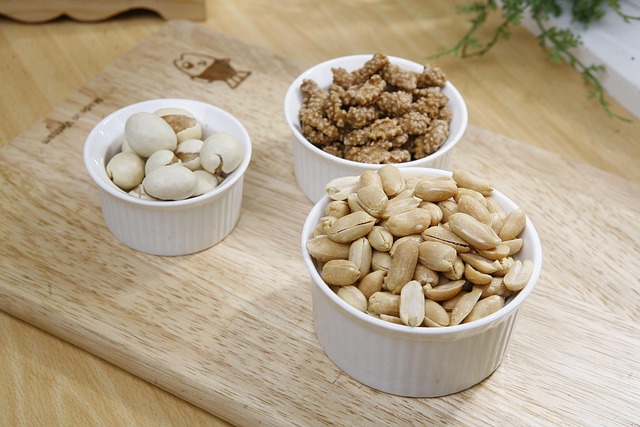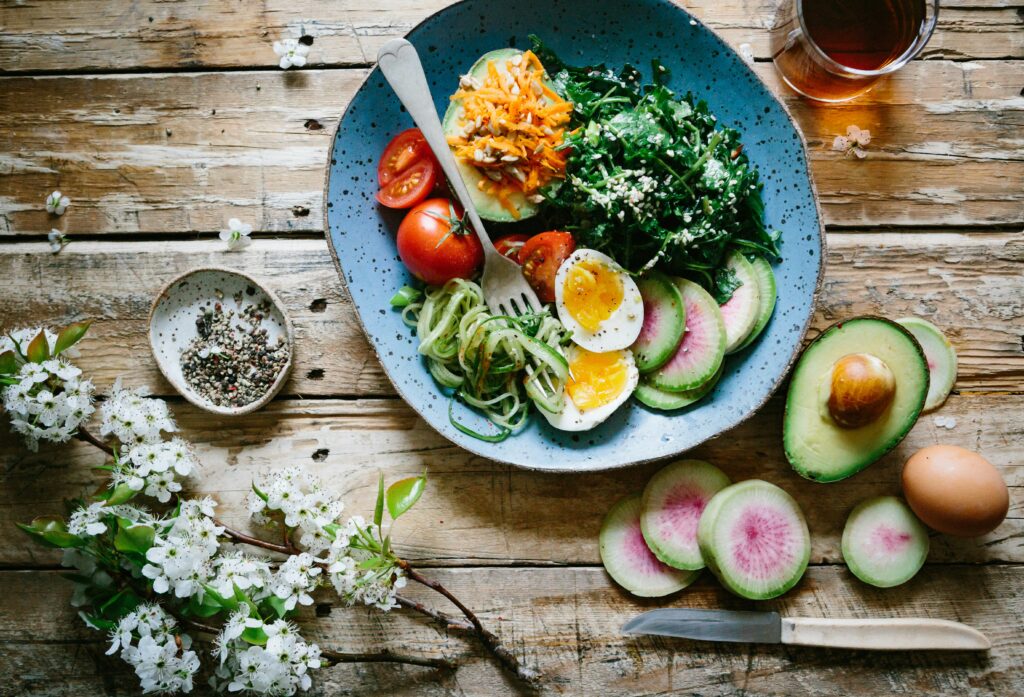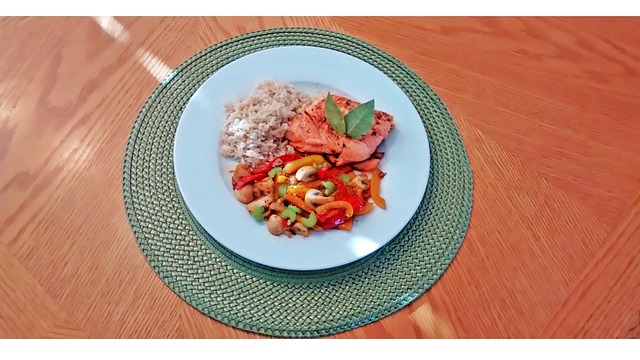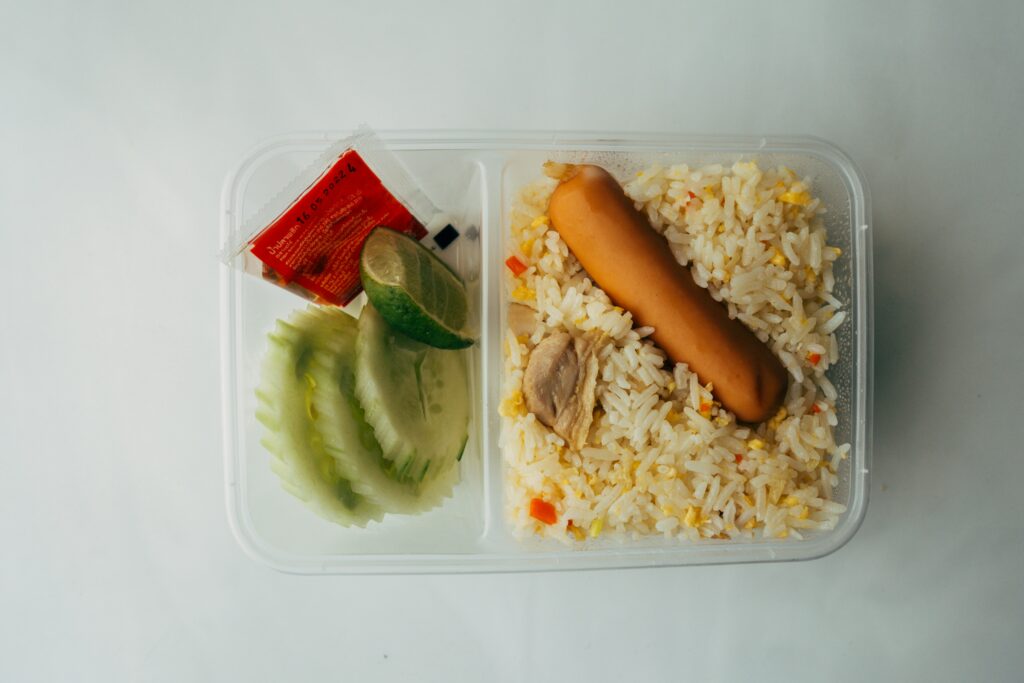Why Snacking Smarter Matters
Snacking often gets a bad reputation, but when done right, it can be a powerful tool for maintaining energy, mental clarity, and nutritional balance throughout the day.
The Power of Strategic Snacking
When chosen wisely, snacks help:
- Sustain energy levels between meals
- Support focus and concentration, particularly during long work or study sessions
- Prevent overeating at main meals by managing hunger
The right snack at the right time can curb energy crashes and support steady blood sugar levels—a key factor in staying productive and alert.
The Processed Snack Trap
Despite good intentions, many common snacks on the market are:
- High in refined sugars and simple carbs, leading to quick energy spikes and crashes
- Loaded with unhealthy fats or additives that can affect long-term health
- Packaged for convenience but lacking in real nutrients
Frequent consumption of ultra-processed foods can disrupt satiety signals, encourage overeating, and leave the body nutritionally unsatisfied.
Snacks as Nutritional Support
Snacks can do more than just hold you over until your next meal—they can fill in dietary gaps and contribute meaningfully to your overall health. A well-balanced snack will typically include:
- A source of protein to support muscle repair and satiety
- Fiber-rich ingredients to promote digestive health and fullness
- Healthy fats that help with vitamin absorption and mood regulation
By being more intentional with your snack choices, you’re not just eating between meals—you’re fueling your body’s needs, maintaining vitality, and reinforcing good habits.
Understanding What Makes a Snack “Healthy”
Not all snacks are created equal. If you’re reaching for something between meals, make it count. First, look for fiber, protein, and healthy fats—these are the nutrients that keep you full and steady. Think almonds over chips, Greek yogurt over sugary puddings. Fiber helps with digestion and gives you real staying power. Protein repairs and fuels. Healthy fats—like those found in nuts, seeds, or avocado—help absorb vitamins and keep your brain sharp.
Now, the sneaky stuff. Hidden sugars and refined carbs are everywhere, even in snacks that scream “natural” or “light.” Flip the package and check the ingredients. If sugar shows up early or there’s a laundry list of things ending in “-ose,” skip it. Same goes for refined flours that burn fast and leave you crashing.
The sweet spot? Snacks that hit all three—taste, convenience, and nutrition. That might mean pre-packed hummus and baby carrots or a boiled egg and a handful of berries. It’s not about being perfect. It’s about making smarter swaps that actually satisfy.
Whole Food Power Snacks
When in doubt, go back to the basics. Whole foods are naturally rich in nutrients and free from the additives often found in processed snacks. These options offer a satisfying mix of fiber, healthy fats, and natural sugars to keep energy levels steady.
Great choices include:
- Fresh fruit with nut butter – Apple slices with almond or peanut butter provide fiber, vitamins, and satisfying fats.
- Greek yogurt & berries – High in protein and antioxidants, plus it feels like a treat.
- Raw veggies with hummus or guacamole – Crunchy, hydrating, and packed with fiber and healthy fats.
High-Protein Options
Protein helps curb hunger and keeps you fuller for longer. These simple, packable choices are easy to prepare and ideal for mid-morning or midday energy slumps.
Healthy high-protein snacks include:
- Boiled eggs with herbs or spices – A no-fuss option that comes with healthy fats and B vitamins.
- Roasted chickpeas or edamame – Crunchy, delicious, and fiber-rich plant-based options.
- Cottage cheese with sliced tomatoes – Creamy and refreshing with a balance of protein and hydration.
On-the-Go Choices That Don’t Disappoint
When time is short, it’s easy to grab something processed. These portable choices help you stay on track—even during busy days.
Smart picks for busy schedules:
- Nuts & seeds (watch portion sizes) – Energy-dense and nutrient-rich, perfect for stashing in a bag or desk.
- Low-sugar protein bars – A backup option when you’re out and about. Look for quality ingredients.
- Air-popped popcorn with nutritional yeast – Light, crunchy, and packed with B vitamins for some extra kick.
Sweet Tooth Swaps
Craving something sweet doesn’t mean you have to reach for candy. Use naturally sweet options to satisfy the urge while still giving your body something valuable.
Try these nourishing alternatives:
- Frozen banana “ice cream” – Blend a ripe banana for a creamy, no-added-sugar dessert.
- Dark chocolate (70% cocoa or more) with almonds – Packed with antioxidants and fiber.
- Dates stuffed with nut butter – Taste like caramel but loaded with minerals and healthy fats.
These swaps deliver on taste without the post-snack crash.
How to Make Healthy Snacking Part of Your Routine
Healthy snacking doesn’t require hours in the kitchen. A simple 10-minute prep routine—done once or twice a week—can keep you from reaching for the vending machine or random leftovers. Chop veggies, portion out nuts, hard-boil eggs. Line them up in the fridge or pantry so grabbing something solid takes no more time than opening a bag of chips.
Visibility matters. If the good stuff is tucked behind takeout containers, you’re not going to reach for it. Use clear containers. Keep fruit in a bowl on the counter. Prep snacks like you’re doing yourself a favor—because you are.
And here’s the real gamechanger: pay attention to why you’re snacking. Are you actually hungry—or just bored, stressed, distracted? Slowing down for a second before you eat helps you respond to real hunger instead of feeding a habit. Control the snack; don’t let the snack control you.
Connecting Snacks to a Bigger Nutrition Picture
Snacks don’t have to be throwaway calories. When planned right, they support your daily energy needs and round out your nutrient intake. If you’re skipping meals or eating breakfast on the fly, a smart snack can fill the gap without tipping you into a surplus. Think of them as nutritional reinforcements, not detours.
Most people fall short on fiber, magnesium, potassium, and even iron. That’s where intentional snacking steps up. A handful of almonds adds magnesium. A yogurt topped with chia seeds gives you calcium, fiber, and a protein kick. Even raw veggies with hummus push up your folate and vitamin A intake without the crash that comes from sugary fixes.
The goal isn’t to micromanage every bite—it’s to use snacks as part of the larger plan. You don’t need a spreadsheet, just a little awareness. Fill the blank spots in your diet with small, better choices. That’s how healthy snacking pulls its weight.
Explore more: Building a Balanced Meal: Tips for Everyday Nutrition
Final Thoughts: Small Choices, Big Impact
Healthy snacking isn’t about perfection—it’s about progress. Small, consistent decisions throughout the day can lead to significant improvements in energy, focus, and overall well-being. Instead of trying to overhaul your eating habits all at once, start by reshaping your approach to one or two snack moments per day.
Make Snacking a Habit That Works for You
- Choose snacks that align with your lifestyle, preferences, and nutritional needs
- Focus on options that are satisfying, not just convenient
- Remember: healthy snacks don’t have to be time-consuming
Consistency Over Perfection
It’s okay to have the occasional treat—what matters more is creating a routine that you can maintain in the long run.
- Don’t punish yourself for slipping up; focus on your next choice
- Aim for nutritious choices most of the time, not all of the time
- Progress builds over days, weeks, and months—not overnight
Nutrient-Rich Snacks = Lasting Fuel
Snacks made with whole foods and balanced nutrients provide steady energy. They help avoid the highs and crashes that come with sugary and overly processed options.
- Pair carbs with protein or healthy fats to maintain balance
- Use snacks as a tool to fill nutritional gaps throughout the day
- Think of snacks not just as placeholders between meals, but as intentional fuel
By staying intentional, flexible, and informed, you can turn snacking into a powerful part of your wellness routine.


 Jennifera is passionate about sharing culinary stories that blend tradition with innovation. At FoodHypeSaga she creates engaging articles that inspire readers to discover new dining experiences and food movements.
Jennifera is passionate about sharing culinary stories that blend tradition with innovation. At FoodHypeSaga she creates engaging articles that inspire readers to discover new dining experiences and food movements.

